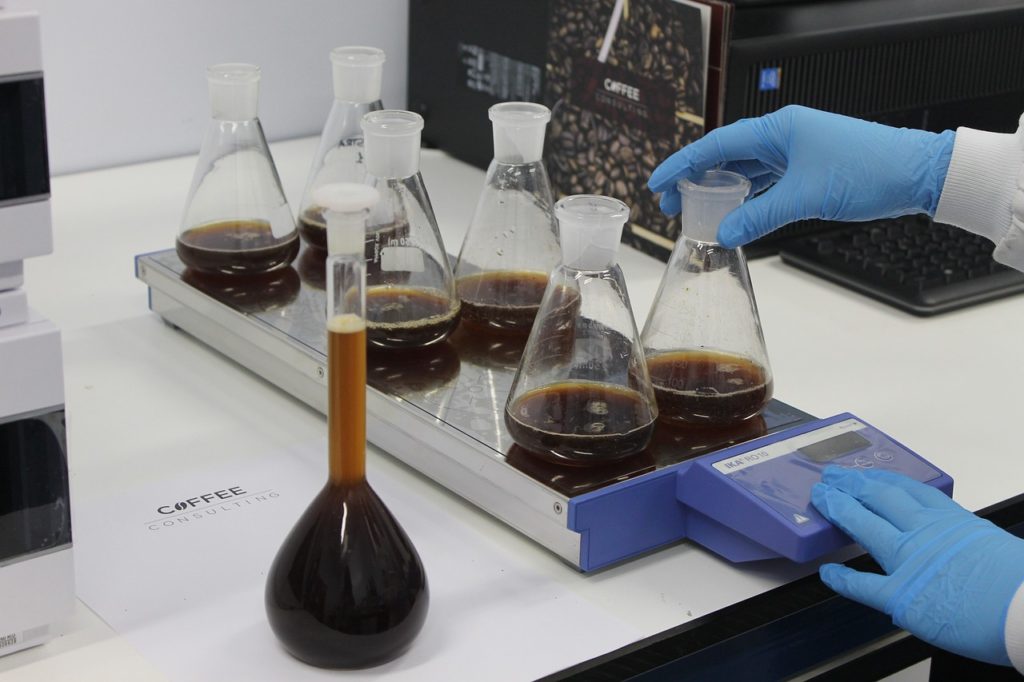
Fume hoods are pieces of equipment that many people have in their homes, particularly in their kitchen, to get rid of gasses and smoke. However, they were originally designed for laboratories, where they are still used today. Laboratory fume hoods are vital pieces of equipment for the protection of operatives within the lab, ensuring they are not exposed to various dangerous and hazardous fumes. Usually, these hoods keep the air inside of them, enabling others to conduct experiments in a safe manner. In the past, these hoods were made from wood, but important advances in technology have changed this. Today, they are mainly made of a mild steel and have an epoxy covering. This has further increased the safety of the hoods.
The Need for Laboratory Fume Hoods
When test and experiments are conducted in a laboratory or other research facility, various chemicals are regularly released into the air. Hence, these hoods have to be in place to ensure people can conduct important experiments without endangering themselves. Mainly, they are in place where hazardous dusts, vapors, and gasses are released.
Two main types of fume hoods exist:
-
The ducted hood. Here, the air is drawn into a separate ventilation system where it is purified, after which it is released outside.
-
The recirculating hood. Here, the air is drawn into a built-in filter, and pure air is discharged back into the laboratory.
Both, however, use very similar principles, being that they make air breathable. Generally speaking, laboratories will use a combination of both of these hoods, installing them as a full vent system.
It will come as no surprise that all laboratory equipment has to follow very stringent guidelines and quality control regulations in order to operate. While some people say that health and safety has gone mad, the reality is that these hoods are there for the protection and safety of operatives. At the same time, the operative has to be properly trained on the chemicals they are working with, and which reactions they emit, so they can take the proper precautions.
Lab technicians should also be trained on how to use the fume hoods, because they all have different capabilities. Generally speaking, there is a magnehelic reading associated with the chemicals they are working with, and a sticker should be included on the hood that indicates whether or not it can cope with those chemicals. If there is a difference between the two readings, then operatives should take the appropriate precautions to ensure they, and the air around them, remains safe at all times. Besides that, they must also ensure the laboratory remains clean and that they wear safety glass and gloves.
Last but not least, fume hoods must be cleaned regularly. This has to be done following very specific cleaning procedures. Both types of hoods collect particles, and these will have dangerous chemicals in them. Hence, this is not something that should be done with a damp dishcloths and a duster, but rather something completed using appropriate procedures.





